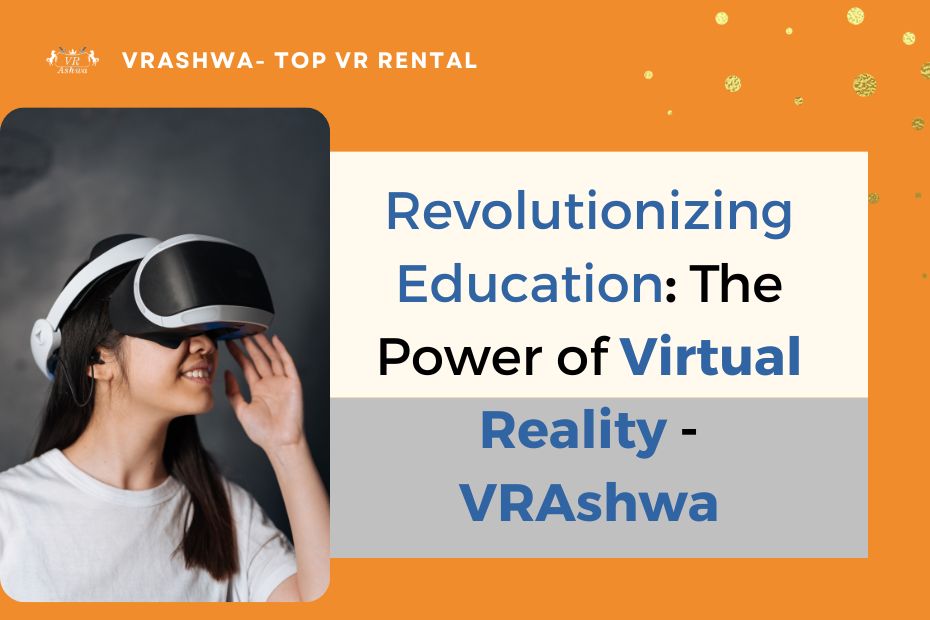Virtual Reality (VR) is a three-dimensional, computer-generated environment that a person can explore and interact with, according to the Virtual Reality Society. VR headsets such as Hololens 2 can be enhanced using omnidirectional treadmills and special gloves, creating a more immersive and interactive experience for learners. This article will examine VR’s learning and development advantages, applications, and drawbacks.
Advantages of VR in Learning and Development
Expanding digital learning to skills-based learning In recent years, VR has become an effective tool in learning and development by expanding digital learning from knowledge-based learning to skills-based learning. VR developers can create an environment that reflects real-world or fictional scenarios, allowing learners to fully immerse themselves without worrying about health and safety risks.
Cost-effectiveness and safety in VR training scenarios can be very cost-effective while exposing learners to various scenarios rapidly. For example, firefighters can train in various simulated situations that would be too dangerous or expensive to recreate. Furthermore, medical students and clinicians can get the chance to carry out procedures and learn more about human anatomy in a safe, simulated environment.
Immersive and interactive experiences for learners Engagement and information retention rates improve as students are immersed in memorable experiences, along with the promotion of creative thinking among learners. VR allows learners to interact with objects and create different outcomes depending on their actions, which can improve their understanding and mastery of a particular subject.
Rich data on decision-making behaviors for learning Virtual analytics reality provides learning professionals with access to rich data on people’s decision-making behaviors to support learning analytics. By analyzing how learners interact with VR scenarios, educators can identify areas where they need additional support and adjust their teaching methods to suit their needs.
Applications of VR in Learning and Development
Firefighter and medical training scenarios Firefighters can train in various simulated situations, including smoke-filled rooms, to develop their firefighting skills. Similarly, medical students and clinicians can get the chance to carry out procedures and learn more about human anatomy in a safe, simulated environment. These scenarios can be repeated numerous times until the learner feels confident enough to apply their knowledge and skills in real-world situations.
Soft skills development and onboarding in corporate settings VR can be used to improve soft skills with scenario-based learning. For example, customer service representatives can be trained to deal with angry customers in a safe, simulated environment. Simulations can also be helpful when onboarding new staff, teaching technical skills or walking through multi-step tasks.
Technical skills training and multi-step task simulations VR can be used for technical skills training and multi-step task simulations. For example, car mechanics can use VR to simulate complex repairs and procedures. Similarly, manufacturing workers can use VR to practice operating machinery before they do it in real life.
Drawbacks of VR as an L&D Tool
Cost and time required for VR learning experiences Creating VR learning experiences can be costly and time-consuming, especially if you are creating bespoke environments. VR requires high technical expertise and specialized equipment, which can add to the overall development cost.
Barriers to mass adoption due to equipment and platform requirements In comparison to Augmented Reality and Mixed Reality, VR requires physical equipment such as a headset for learners to immerse themselves in the environment. This can introduce a barrier to rollout to mass audiences. VR may also require a dedicated platform to host the experience, which may need to be linked to an LMS to support tracking, compliance, and reporting.
The Future of VR in Learning and Development
The future of VR in Learning and Development is exciting, with the technology rapidly evolving and creating new opportunities in the EdTech industry.
Here are some of the trends to watch out for in the coming years:
Evolving technology and opportunities in the EdTech industry:
As the technology behind VR advances, we can expect to see more sophisticated virtual environments and simulations that will allow for even more immersive and interactive learning experiences. Additionally, developing new hardware and software solutions will make it easier for organizations to integrate VR into their existing learning and development programs.
Training programs in digital learning design and instructional design:
As VR becomes more mainstream in the L&D industry, there will be a growing need for professionals who can design and develop compelling VR-based learning experiences. This means that there will likely be a rise in training programs and certifications focused specifically on digital learning design and instructional design for VR.
Upcoming webinar on working with SMEs for digital learning projects:
One of the biggest challenges for organizations looking to implement VR-based learning experiences is working with subject matter experts (SMEs) to create compelling content. To address this challenge, upcoming webinars will provide insights and best practices for collaborating with SMEs to develop VR-based learning experiences.
Conclusion
In conclusion, VR has enormous potential in Learning and Development, and the technology continues to evolve rapidly. As we have seen, VR has many advantages in training scenarios, including cost-effectiveness, safety, immersive experiences, and higher engagement and retention rates. However, there are drawbacks, such as the cost and time required for VR learning experiences and the barriers to mass adoption due to equipment and platform requirements. As we look to the future, it’s essential to consider both the advantages and the drawbacks of VR in L&D and to explore the opportunities and trends that are emerging in the EdTech industry.



Recent Comments